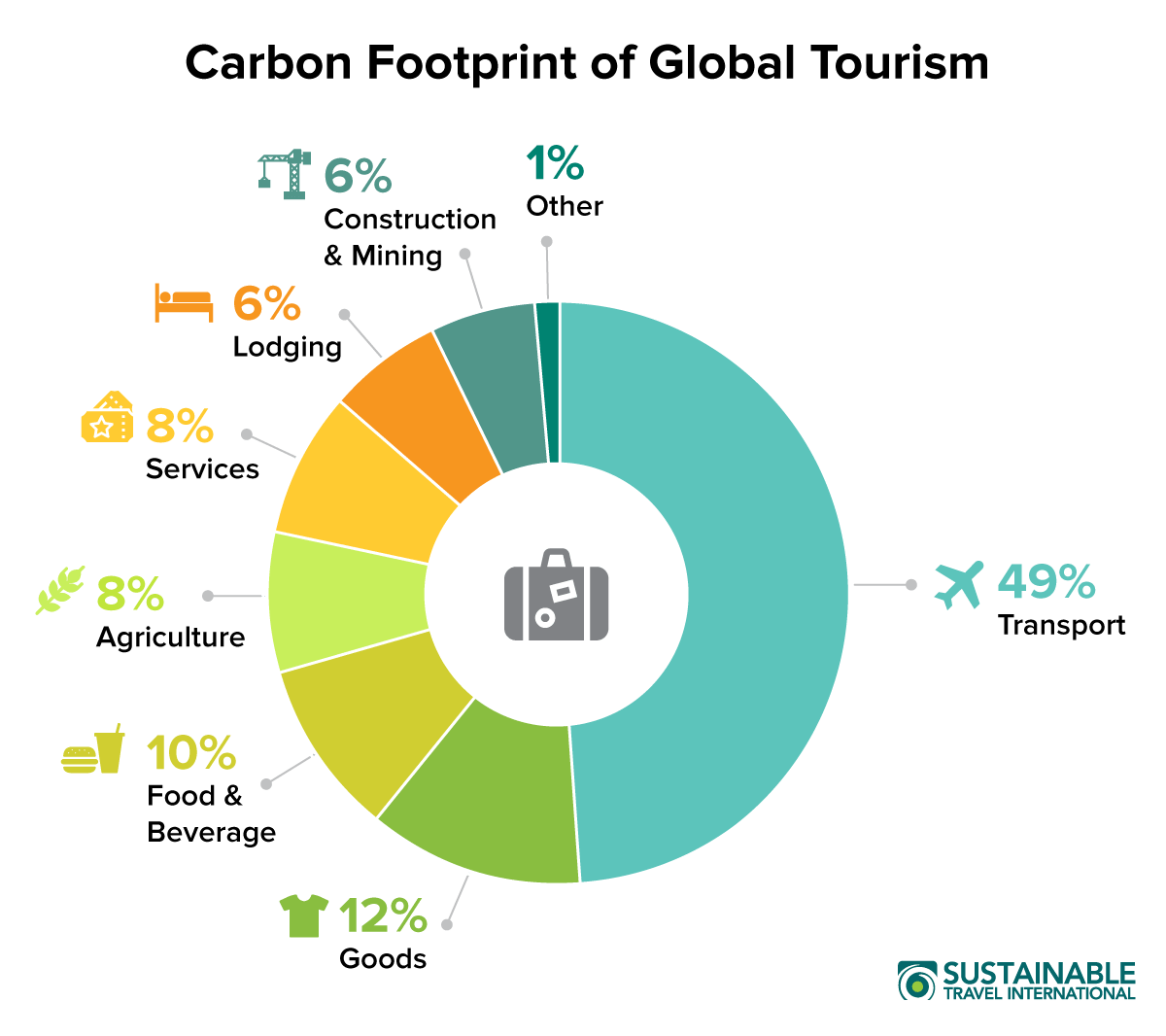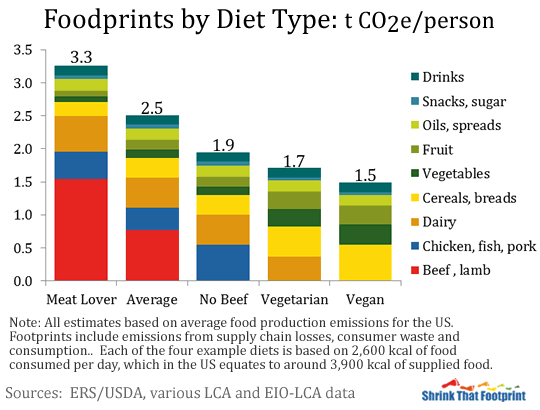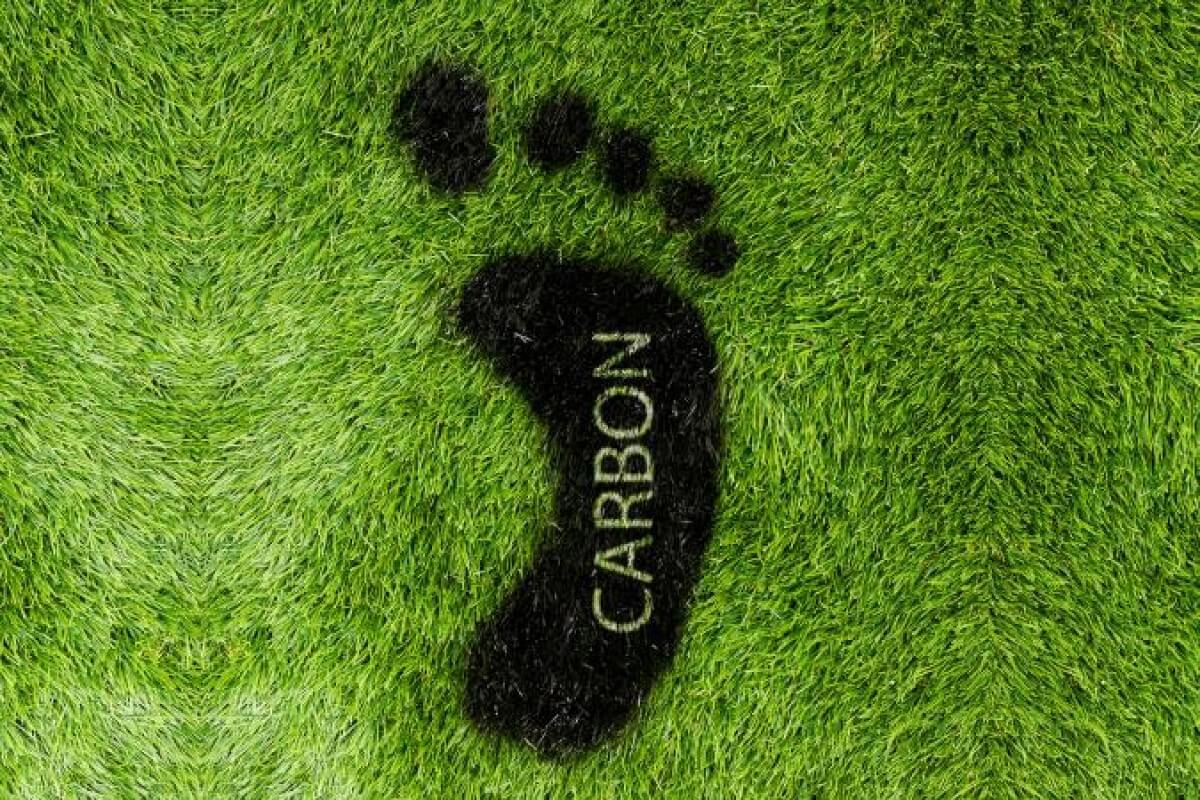
Here’s the information and practical steps you’ll need to get started. To halt climate breakdown and avoid its worst impacts, we need to do two things: shift to a low-carbon economy and protect our best natural allies in the fight against climate change - forests, grasslands, mangroves and tidal marshes, which stashĭrastically cutting greenhouse gas emissions will require, everyone - from individuals to industries to countries - to vastly reduce their carbon footprint. The larger yourįootprint, the heavier the strain on the environment. Your personal footprint includes emissions from a variety of sources - your daily commute, the food you eat, the clothes you buy, everything you throw away. People, products and entire industries have carbon footprints. The primary one is the amount of greenhouse gas emissions released into the atmosphere by a given activity. The “size” of your carbon footprint depends on multiple factors. To find out how your savings can help finance the energy transition, check out this article (in Spanish) by Openbank.A carbon footprint is a simple way to express that impact. What’s more, our Sustainable finance classification system (SFCS) is an internal guide to categorizing activities as green, social and sustainable. Its subsidiaries offer green mortgages, energy efficiency loans for heating and cooling systems and financing for buying or leasing electric and hybrid cars, low-carbon farming, installing or renting solar panels and for other green products that follow environmental, social and governance (ESG) standards. Santander finances renewable energy initiatives and advises new ones that have a positive impact on the environment. Santander pledges to eliminate its exposure to carbon mining worldwide and to stop lending to energy producers if 10% of their revenues rely on thermal carbon, all by 2030. In 2021, we also stopped using single-use plastics and installed LED lighting at our branches and offices. Santander's operations became carbon neutral in 2020 by sourcing renewable energy for buildings and offsetting emissions through initiatives on reforestation, wind energy and others. Santander is offsetting its own emissions by helping its customers in the transition to a green economy. CFOs and other business leaders will likely require much more accurate, granular, and timely emission transparency to run the business in the future.

How can banks reduce their carbon footprint?īanks can take action to reduce or offset their footprint and, with it, the damage caused by climate change. Carbon is a new currency: in early May 2021, it traded at about 50 per metric ton on the EU Emissions Trading System. That’s where the carbon footprint (a key indicator in the fight against climate change) comes in. On top of reducing their own emissions, banks are looking to create a more responsible finance industry by promoting such things as green finance and sustainable investment. Regional governments, companies, banks ( Santander included) and 196 countries adhered to the 2015 Paris Agreement in a pledge to reduce emissions, become carbon neutral by 2025 and prevent an average global temperature rise of 2☌ above the pre-industrial era. Several climate change initiatives have emerged in recent years. We must take responsibility for halting the devastation of man-made climate change and global warming, caused mainly by greenhouse gases (GHG). Recycling waste, using renewable energy, taking public transport and using less plastic are some actions that reduce our carbon footprint, help protect the environment and guarantee the resources people and other living things will need to survive in the future. The carbon footprint is one metric that can help them gauge their impact on the environment and transform their business with sustainability-based decision-making.

Santander International Banking Conferenceīanks must push through their green transition plans to build a more responsible finance industry.Rules and Regulations for the General Shareholders' Meeting.Rules and Regulations of the Board of Directors.Policy on Communication and Engagement with Shareholders and Investors.


Issuance Companies Financial Statements.Acting responsibly towards our customers.Argentina Brazil Chile Germany Mexico Poland Portugal Spain United Kingdom United States Uruguay Directory


 0 kommentar(er)
0 kommentar(er)
